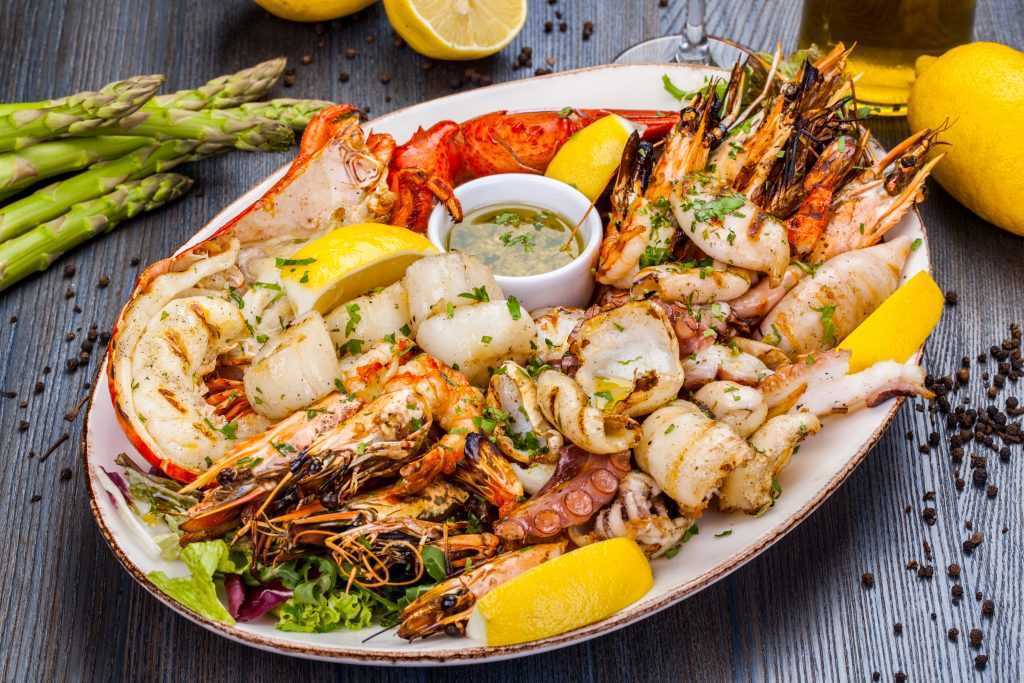 Buying seafood is one of the trickier parts of grocery shopping. Ensuring their freshness will not only impact the quality of your dish but will also prevent food poisoning. While you can treat most food poisoning cases at home, there are certain cases that require a doctor’s appointment.
Buying seafood is one of the trickier parts of grocery shopping. Ensuring their freshness will not only impact the quality of your dish but will also prevent food poisoning. While you can treat most food poisoning cases at home, there are certain cases that require a doctor’s appointment.
Restaurants require a food safety supervisor (FSS) to oversee safety factors, such as food safety risks, and identify food hazards, but here are some helpful tips you can follow next time you go to the supermarket for seafood:
Variety of Fishes
Fresh whole fish should have bright, clear and protruding eyes, with pink or bright red gills. A fresh fish should be shiny with scales.
When it comes to fish fillets, they should have a moist appearance with a firm but elastic flesh. Avoid buying pre-packaged fillets stored in liquid since they deteriorate quickly. Fresh fish fillet should be almost translucent, with no browning around the edges.
Crabs and Lobsters
When buying live crabs and lobsters, look for leg movement to ensure they’re alive. Inspect a lobster to see if its tail curls underneath the body instead of hanging down.
Cooked crabs and lobsters still in the shell should have a bright red colour with no foul smell.
Shellfish
If you’re buying fresh oysters, clams or mussels, look for ones that are moist and tightly closed. You can buy shells that are slightly gaping, granted that they close when tapped. Plump oysters have a well-cupped bottom shell.
Freshly-shucked shellfish should be plump. Their liquid should be lightly milky without any strong odour.
Shrimps
Firm meat and a mild odour are indicators of a raw shrimp’s freshness. The shrimp shells should have no sign of blackened edges or black spots.
Since they are highly perishable, seafood should be fresh and of high quality when you buy them.

